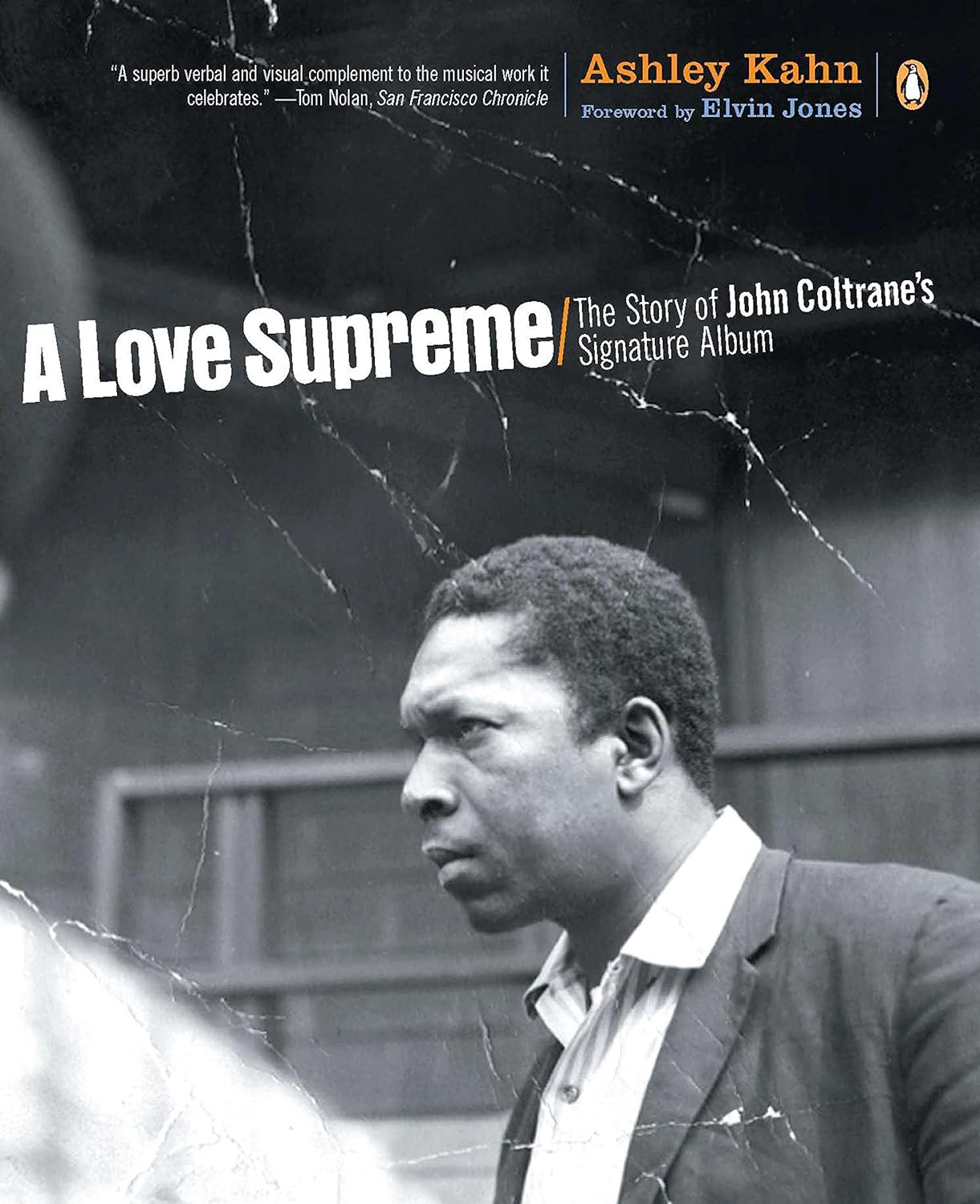John Marks’ Bookshelf for Lovers of Recordings #11
A DOZEN BOOKS REVIEWED, ONE A WEEK FOR THE NEXT TWELVE
Here are notes on a selection from my favorite books on the history of recording technology, the history of the record business, and the interactions between recording technology, the record business, and the art of music. One example of what I mean by all that is, in the late 1920s, piezoelectric “crystal” microphones supplanted carbon microphones for radio broadcasting.
Crystal microphones had a better signal-to-noise ratio than carbon microphones. Therefore, the live singers on radio could sing more quietly and intimately. They no longer had to shout to be heard. However, the quartz, mica, or other crystal elements were also more fragile than had been the carbon microphones. So, “shouters” like Al Jolson were out; and “crooners” like Rudy Vallee were in. (Trivia bit: Rudy Vallee graduated from Yale, with a degree in Philosophy.)
This list will be presented as a series of weekly installments. Rather than attempt to rank such diverse books from “Best” to “Somewhat Less Best,” this list is organized both chronologically and categorically. JM
The Bookshelf:
1. The Fabulous Phonograph, 1877-1977
2. The Label: The Story of Columbia Records
3. Do Not Sell at Any Price
4. The B Side: The Death of Tin Pan Alley and the Rebirth of the Great American Song
5. Something in the Air: Radio, Rock, and the Revolution That Shaped a Generation
6. Flowers in the Dustbin: The Rise of Rock and Roll, 1947-1977
7. Temples of Sound: Inside the Great Recording Studios
8. Making Rumours: The Inside Story of the Classic Fleetwood Mac Album
9. Backstory in Blue: Ellington at Newport ‘56
10. Goodnight, L.A.: The Rise and Fall of Classic Rock -- The Untold Story from inside the Legendary Recording Studios
11. A Love Supreme: The Story of John Coltrane’s Signature Album
12. The Vinyl Frontier: The Story of NASA s Interstellar Mixtape
11. A Love Supreme: The Story of John Coltrane’s Signature Album
by Ashley Kahn; Foreword by Elvin Jones
New York: Penguin Books, 2003. Softbound, 288 pp. ISBN: 0142003522.
Writing an entire book about just one record—especially one that clocks in at just 32:47—might seem a questionable proposition at best. However, A Love Supreme, saxophonist John Coltrane’s 1965 concept album with his “classic” quartet (McCoy Tyner, piano; Jimmy Garrison, bass; Elvin Jones, drums), is one of the handful of recordings important enough to merit such extensive attention.
This is the definitive book about one of the most important jazz albums. Even if you’re not a jazz fan, there’s a lot to be said for at least sampling from the book, in the interest of cultural literacy. If you are a jazz fan—or if you want to begin an in-depth exploration of jazz—this book is a must-read.
If you’re totally unfamiliar with Coltrane’s A Love Supreme, or know it only by name, some introduction is in order. Coltrane’s career can perhaps best be viewed as a struggle against the limits of conventional jazz improvisation, and also ultimately against the limitations of conventional saxophone technique. Somewhat of an introvert and unquestionably a perfectionist, Coltrane reportedly went so far as to work his way through Nicholas Slonimsky’s massive Thesaurus of Scales and Melodic Patterns.
Talent, plus never-ending practice, allowed Coltrane to develop a revolutionary facility for rapid improvisatory passagework outside the bounds of traditional major or minor tonality. One critic coined the phrase “sheets of sound,” and it stuck.
A Love Supreme is a concept album. The concept is Coltrane’s gratitude to God for the spiritual reawakening that Coltrane credited for the cold-turkey end to his heroin addiction, his rededication to study (with Thelonious Monk), and his debut as a leader—all of which took place in 1957. The album packaging includes both a letter from Coltrane to the listener, and a devotional poem, also by Coltrane, which he entitled “A Love Supreme.”
Coltrane and his quartet partners recorded A Love Supreme live in the studio in one evening session on December 9, 1964 at Rudy Van Gelder’s studio in New Jersey. The sound is direct and clear and very natural, with a gratifying amount of room ambience, but not enough to blur the focus. All the commercially released tracks were done in single takes, except for brief overdubs of Coltrane’s vocal chanting, and also at the end of “Psalm.”
Author Ashley Kahn has researched and organized what appears to be nearly all the extant information about A Love Supreme. Kahn interviewed all the surviving participants in the recording session, as well as most of Coltrane’s colleagues and family members. The book’s cover reproduces the original photographic print (including signs of wear from handling and improper storage) that was used for the album’s cover, while the endpapers reproduce Coltrane’s first draft of the devotional poem. It is hard to imagine anything this book lacks in the way of source material.
The book’s presentation is accessible to the general reader, in that Kahn’s writing is free of jargon or technical language. The book does not presuppose any great familiarity with Coltrane’s body of work, or even jazz in general. These aspects actually make reading A Love Supreme an excellent introduction to jazz for the listener who has not had much experience with it. Highly recommended.










































.png)








